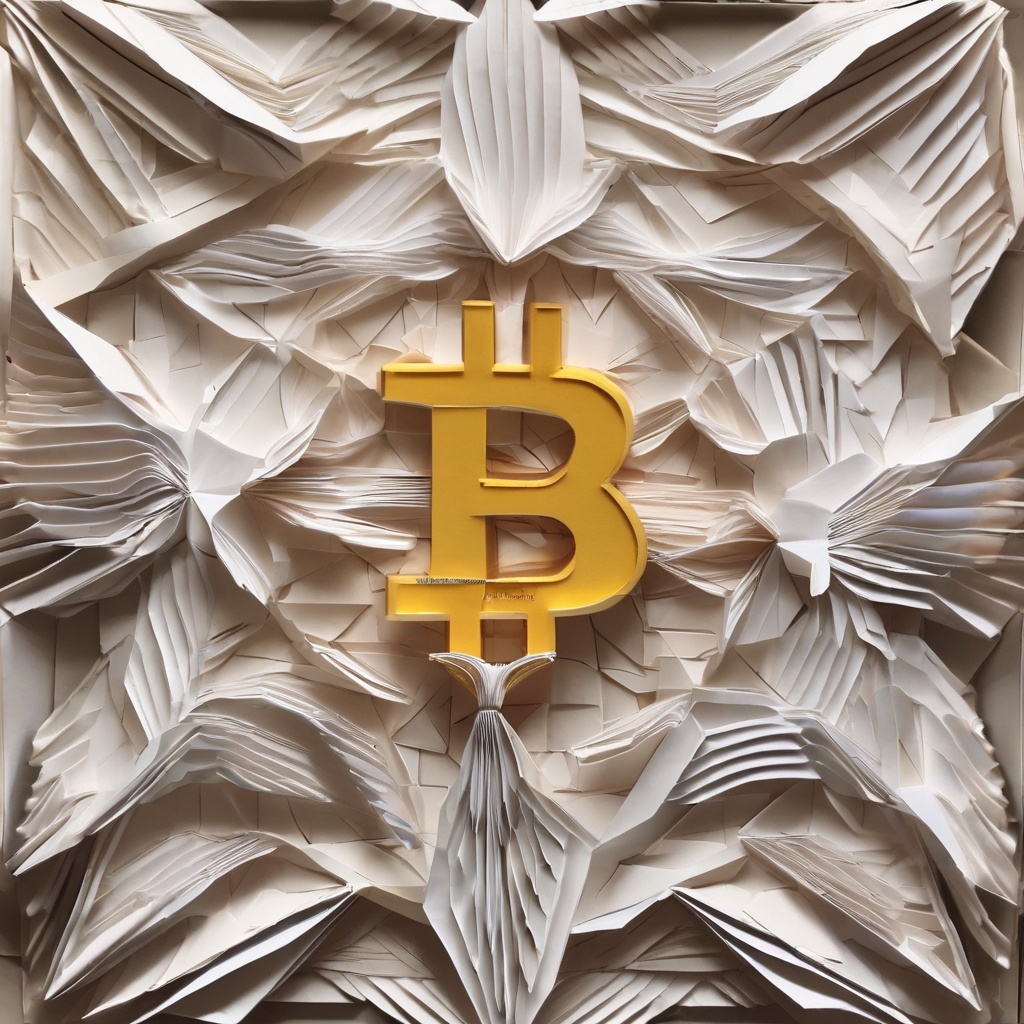Is woo deflationary?
Could you please elaborate on whether WOO is considered deflationary or not? It's important to understand the economic principles behind its tokenomics, such as the total supply, inflation or deflation rate, and any mechanisms in place to control the circulation and value of Woo tokens. Does Woo have a fixed supply or is it subject to changes over time? How does this impact the long-term value proposition for investors and users of the Woo ecosystem?

Are deflationary crypto coins a good investment?
I'm curious about the potential of deflationary crypto coins as an investment. Could you elaborate on the key factors that make them attractive to investors? Are there any risks associated with investing in deflationary coins that I should be aware of? Additionally, how do they compare to other types of cryptocurrencies in terms of their long-term growth potential and stability?

Is IMX deflationary?
Could you please clarify if IMX is designed to be a deflationary cryptocurrency? I'm interested in understanding if its supply is intended to decrease over time, potentially leading to an increase in its value. Additionally, are there any mechanisms in place, such as burning tokens or reducing the block reward, that contribute to this deflationary nature? Understanding the economics behind IMX's tokenomics is crucial for investors and traders alike.

Is GLMR deflationary?
Could you elaborate on whether or not the token GLMR is considered deflationary in nature? What factors contribute to its potential deflationary properties, if any? Additionally, how might this characteristic impact the token's value and adoption within the broader cryptocurrency ecosystem?

Will mollars eclipse deflationary cryptocurrencies?
It's an intriguing question, indeed. As the world of cryptocurrency continues to evolve, we can't help but wonder if traditional currencies like the US dollar, also known as mollars, will eventually be overshadowed by deflationary cryptocurrencies. These digital assets are designed to appreciate in value over time, as opposed to fiat currencies that can suffer from inflation. But can they truly replace the trusted and widely accepted mollars? Or will they coexist in a complex financial ecosystem? We delve deeper into this debate, exploring the strengths and weaknesses of both systems and seeking answers to this pressing question.

